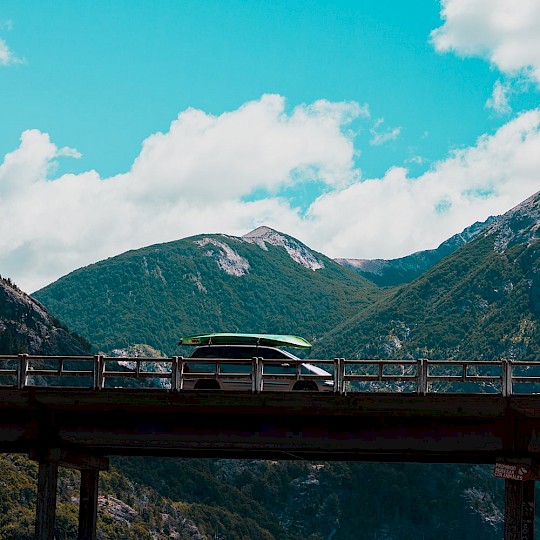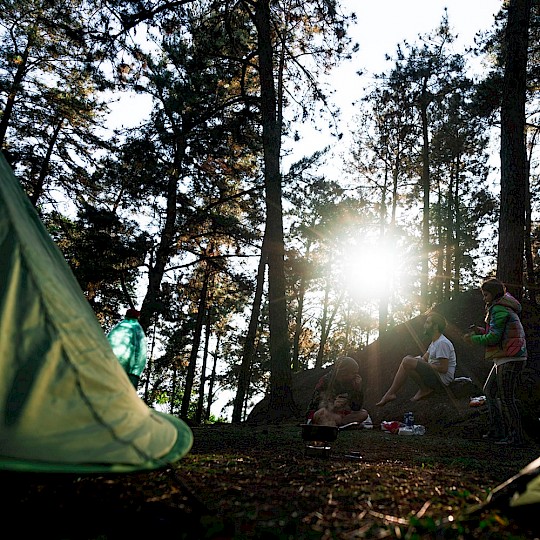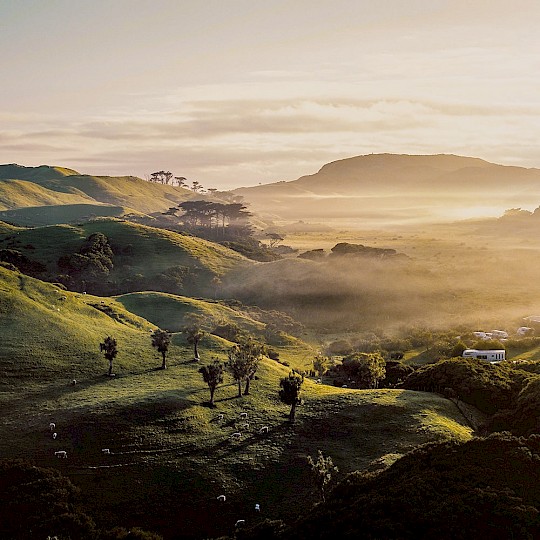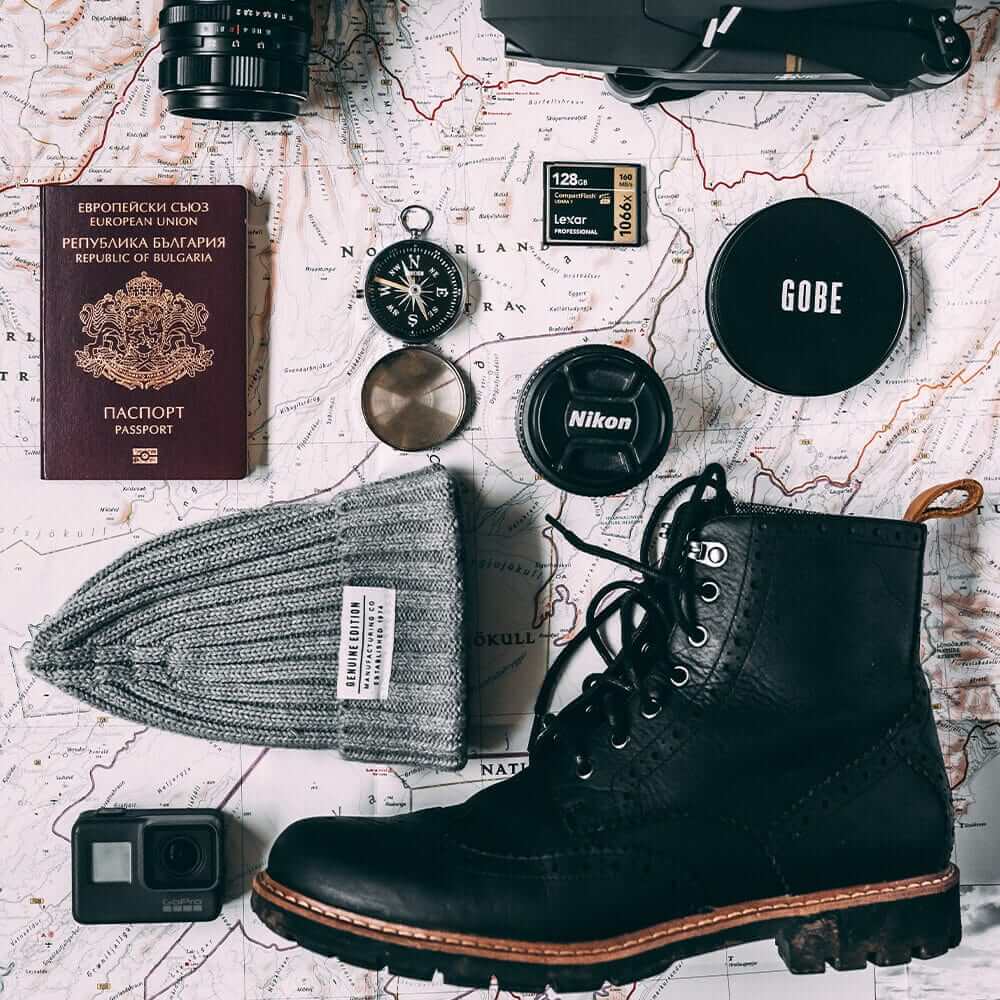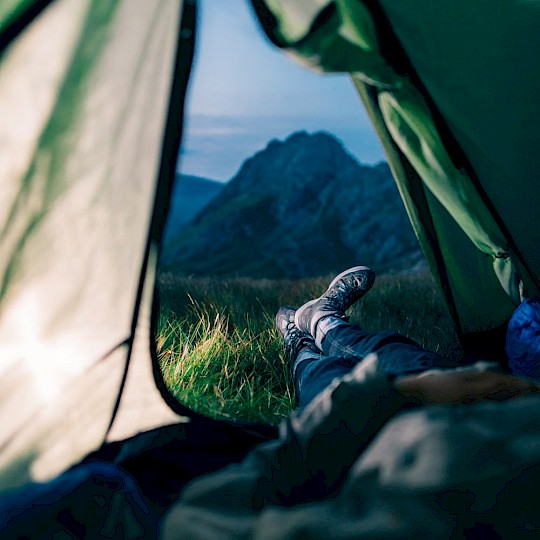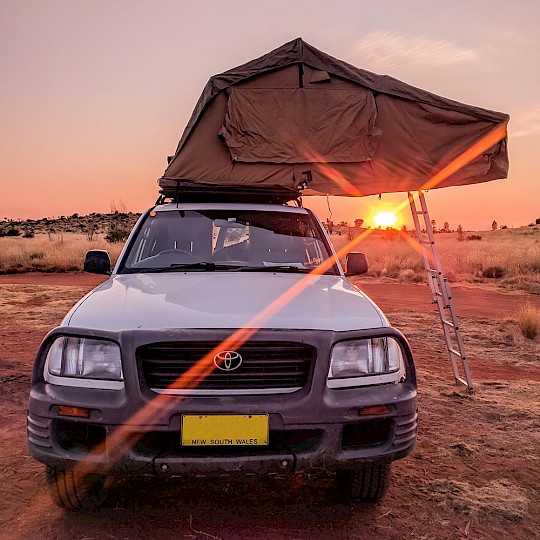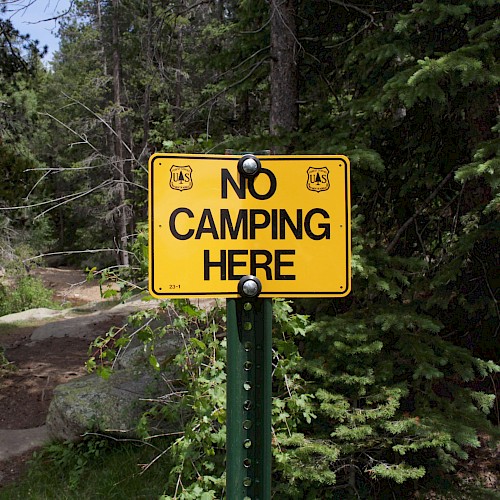Fact #1 - Oxygen
Over 20% of the continent is covered by forests. This is so much that the forests of South America produce about 20% of the Earth's oxygen.
Fact #2 - Salto Ángel
Salto Ángel is not just any waterfall in Venezuela. With a height of 979 m, it is the highest waterfall on earth.
Fact #3 - Aconcagua
The Cerro Aconcagua, as it is fully named, is with 6962 m the highest mountain of South America and also the highest mountain outside of Asia.
Fact #4 - The Amazon Rainforest
The Amazon rainforest is the largest remaining rainforest on earth and forms half of all tropical rainforests worldwide.
Fact #5 - The Atacama Desert
The Atacama Desert in Chile is the driest in the world. In some parts of the desert, it does not rain at all for up to four years.
Fact #6 - The Andes
The Andes is the longest mountain range in the world. They extend over the entire continent and have a length of over 7500 km.
Fact #7 - La Paz
The Bolivian capital La Paz is located at a height of 3640 m. Therewith, it is the highest located capital and seat of government of the world.
Fact #8 - Harpy
The Harpy is not only one of the largest birds of prey in the world, but it is also the physically strongest and can carry prey weighing up to 9 kg.
Fact #9 - Suriname
The Republic of Surinam is the smallest country in South America, with just 163,820 km² and 541,638 inhabitants.
Fact #10 - Simón Bolívar
Simón Bolívar is a national hero of several South American countries, including Ecuador, Panama, and Colombia. He fought for independence from Spanish colonial rule.
